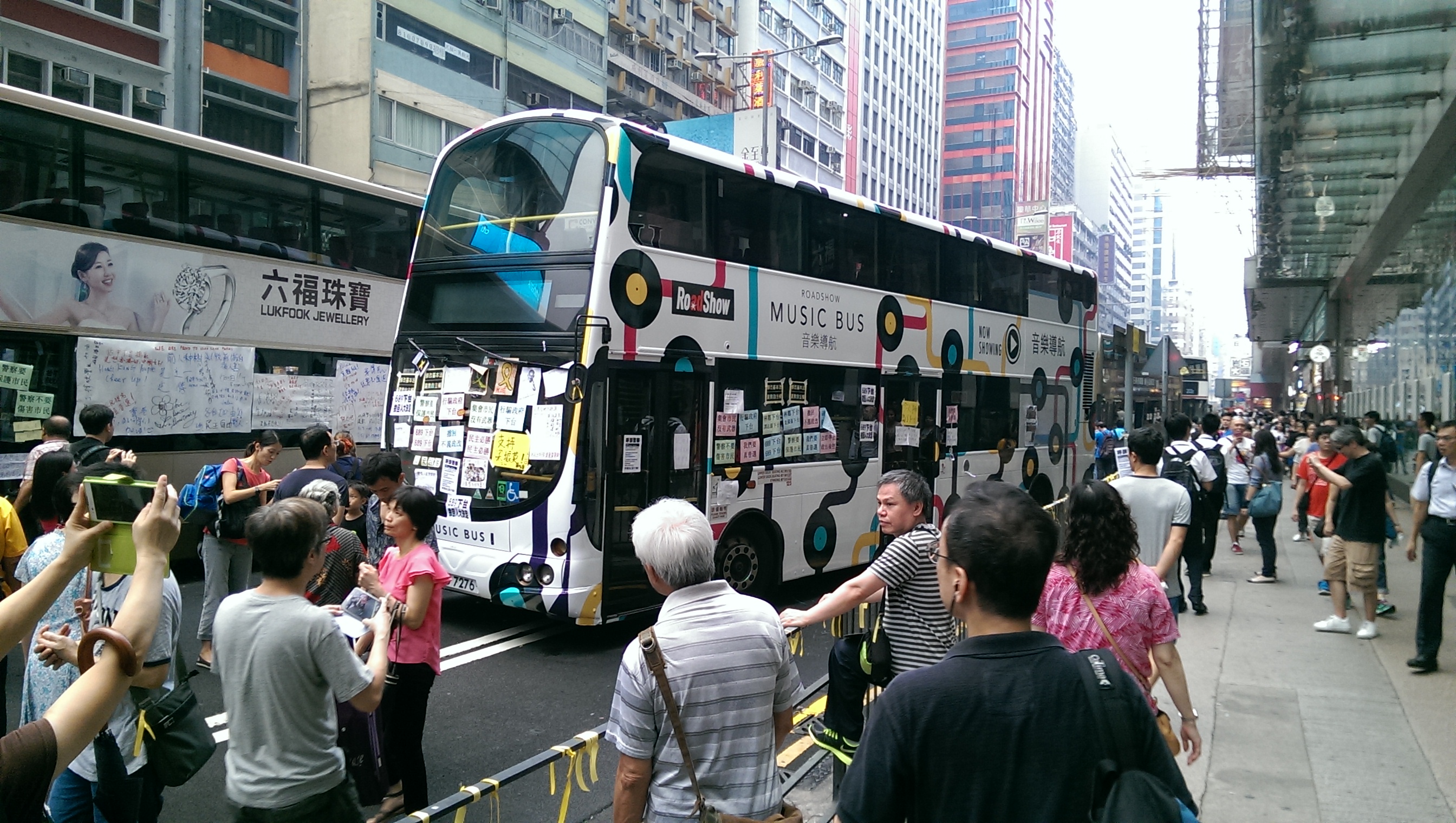Discuss the problems and solutions
of present-day and future transportation options.
Main questions to consider when improving transportation:
Is it more efficient? Is it safer? Is it more convenient? Is it more environmentally friendly? Is it scientifically or financially feasible? |
Common transport issues and worries:
Cost, energy, environmental impact, commute time, congestion, safety, convenience, accessibility, image, popularity, scientific feasibility, cultural sensitivity, tradition, climate, etc. |
Task: Look at the 15 transportation solutions.
Describe what transportation problem is trying to be solved.
What are advantages and disadvantages to each solution?
(What consequences will the solutions cause to happen)?
Titan pad format:
#) Problem:
Positive Consequence:
Solution Advantage:
Negative Consequence
Solution Disadvantage:
EXAMPLE:
|
Mixed-use building
(eg Burj_Khalifa)
|
Problem: Shopping, living and working places are often far away from each other.
Positive Consequence: People do not have to commute by car. Solution Advantage: People can work and live in the same building and shop next door. Negative Consequence: Many people drive to see the building and it causes a big parking problem. Also, many strangers come near people's home. Solution Disadvantage: Skyscrapers are very expensive to build. |
EXAMPLE:
|
Aerial tramway
(Teleférico Salta)
|
Problem: Quickly getting to the top of a mountain near a city
Positive Consequence: People do not need to drive up a winding road up the mountain.Solution Advantage: People can start their journey from the middle of the city. Negative Consequence: Taxi drivers will have less work. Also, the sky becomes cluttered. Solution Disadvantage: Many people are afraid of heights. |
These are 15 SOLUTIONS.
What problems are they fixing?
What's good and bad about these solutions?
BONUS IDEAS
Zip-lines
|
Aerial Tram/Gondola
|
Robotic Parking Garage
|
Robot Avatar
|
Camel
|
Teleportation
|




Robots Problems and Solutions If there's one issue that robots completely surpass, over humans, it's the repetitive tasks that demand accuracy. Robots ar precise and quick. They operate while not the chance of human error and once programmed, these machines is productive for astonishing lengths of your time.Robots have in-built sensing devices associated vision systems that enable them to differentiate an assortment of colours and sizes of the half, type elements and product through reading barcodes, conduct machine inspections and loads a lot of.
ReplyDeleteAwesome blog. It's very useful to many.
ReplyDeleteIf anyone looking for the Transport Software Solutions Provider, Reach eBMS.
Great blog!!!
ReplyDeleteTransport software improves the visibility in real time, which is critical in a complex logistical process. Real-time track and trace allows you to track the movement of goods whether they are shipped by land, sea, or air. On your TMS dashboard, evaluate the efficiency of your operations and track key performance indicators (KPIs). And improve route efficiency: a modern TMS can generate optimal routing proposals dynamically, identifying shorter or less congested routes and adapting to unforeseen obstacles in real time.